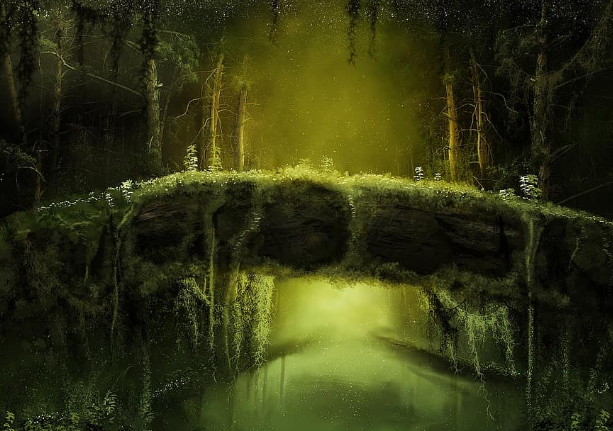Queen of Night Grace’s favorite plant:)
Queen of Night or otherwise known as the dutchman’s pipe cactus is a tropical, night blooming epiphyte to lithophyte. This milky enchantress derives the nutrients it needs to survive from the air, rain, and debris collecting on the organism. Despite its flower-like appearance the Queen of Night is actually a member of the cactus family and only blooms once a year at night, typically in June or July. Despite taking several weeks to develop, the bloom only lasts a couple hours and the organism is then dead before dawn. Because of the short time when the organism blooms and the exact condition it needs to survive this cactus is considered priceless, as transportation and distribution is almost impossible. The Queen of Night has never been sold before and most likely never will, because of this, the cactus is known as the most desirable and valuable plant on Earth.
Stinking corpse lily
The stinking corpse lily or otherwise known as giant padma is a species of epiphytic parasitic plant. This crimson flower is the largest flower in the world with an incredible length of up to three feet in diameter and a weight of up to twenty pounds. However, this is not a flower that you want to smell because, while it is the largest, it is also the smelliest. A 2010 scientific study found that the stinking corpse lily smells like a combination of cheese, sweat, garlic, decomposing meat, feces and rotting fish. There are fewer than 1000 stinking corpse lilies left in the wild with the International Union for Conservation of Nature estimating that the population has declined more than 50% over the past 150 years. If logging and habitat destruction continues to happen then the stinking corpse lady will soon be extinct in the wild.
Seagrass Colony
While seagrass is relatively common there is one particular batch of seagrass that is over 200,000 years old. Known as neptune grass or mediterranean tapeweed, the seagrass spreads far by reproducing asexually by cloning. This particular batch consists of 40 undersea meadows stretching from Spain to Cyprus, over 2,000 miles long. Rising sea temperatures and development is putting the species future in jeopardy however, right now the seagrass stands as the world’s longest living organism. Dating back to the years when primitive homosapiens had evolved into what we call modern humans it’s crazy to believe this same patch of seagrass was on Earth.
Jellyfish Tree
The jellyfish tree or otherwise known as the Medusagyne Oppositifolia is a species of tree native to the island Mahé, of the Seychelles. The plant can reach up to ten feet in height with a dense crown of foliage and beautiful jellyfish like leaves. However this unique plant is critically endangered and there are only thirty known left in the wild.






